Construction is an industry that consumes steel products and steel rebar extensively in our expanding world of industries. There are different types of steel product varieties that are employed in projects and construction. The most common and widely used material in building is reinforced concrete. It is essential to make sure that the concrete and the reinforcing bar are of high quality (rebar). The formation of a strong link between the concrete and the rebar must also be prioritized highly. Around sixty years ago, ribbed rebars made of high-strength steel began to replace the simple round bars made of mild steel that had been used previously, which had contributed to the durability of reinforced concrete projects. The fact that ribbed rebars made of carbon steel would be extremely sensitive to corrosion at accelerated rates was missed. Not only would this hasten the process by which reinforced concrete structures reach states of distress, but it also has the potential to either destroy or decrease the link between ribbed rebars and concrete. The fact that ribbed rebars made of high-strength carbon steel are still used despite broad awareness of the phenomenon of bonding between rebars and concrete is evidence of a widespread lack of comprehension of the phenomenon. This lack of understanding of bond has led to the introduction of epoxy coated ribbed rebars, ribbed stainless steel bars, and glass fiber reinforced and granite reinforced polymer rebars. All of these innovations have made it possible for reinforced concrete to carry static loads because of engagement between such rebars and concrete  When vibratory loads are applied, however, the load-carrying capacity of elements made of reinforced concrete is reduced, and these elements become susceptible to failure at the local or even the global level. The utilization of PSWC-BAR, which is distinguished by its plain surface and wave-type design, makes it possible to utilize steel with both a medium and a high yield strength. The pace of corrosion is significantly slowed down when there are no ribs present. The use of PSWC-BARs in place of conventional ribbed bars, which does not require any additional work or expense, leads to an improvement in the effective bond or engagement between such reinforcing bars and concrete. This, in turn, results in an increased load-carrying capacity, a several-fold higher life span, ductility, and energy-absorbing capacity, as well as a significant reduction in life cycle cost and the negative impact that construction has on the environment and the global climate. Because there is a lack of understanding of the link that forms between rebars and concrete, the selection of the appropriate level of percent elongation and ductility of rebars is subject to arbitrary decision making.
When vibratory loads are applied, however, the load-carrying capacity of elements made of reinforced concrete is reduced, and these elements become susceptible to failure at the local or even the global level. The utilization of PSWC-BAR, which is distinguished by its plain surface and wave-type design, makes it possible to utilize steel with both a medium and a high yield strength. The pace of corrosion is significantly slowed down when there are no ribs present. The use of PSWC-BARs in place of conventional ribbed bars, which does not require any additional work or expense, leads to an improvement in the effective bond or engagement between such reinforcing bars and concrete. This, in turn, results in an increased load-carrying capacity, a several-fold higher life span, ductility, and energy-absorbing capacity, as well as a significant reduction in life cycle cost and the negative impact that construction has on the environment and the global climate. Because there is a lack of understanding of the link that forms between rebars and concrete, the selection of the appropriate level of percent elongation and ductility of rebars is subject to arbitrary decision making. 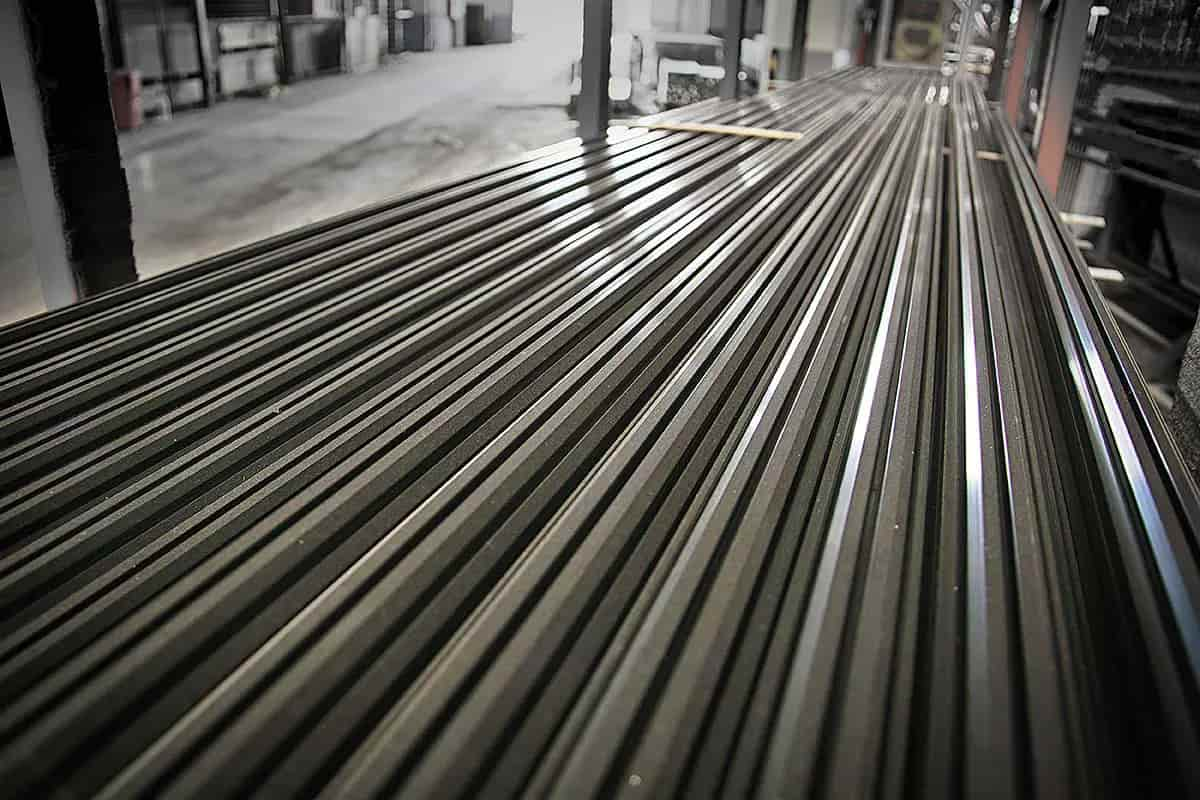
different types of steel rebar
Steel rebars come in different types and shapes and sizes. The several types of steel rebars are ribbed and simple. This will be beneficial if you intend to research the requirements for a new concrete building project. Steel Knowing the characteristics of reinforcement bars, often known as rebar, is crucial because they play a significant role in construction and are used extensively worldwide. They want to get their hands on reinforcement bars, which are the main building material utilized around the world and used to establish deep foundations. We will go through the definition of rebar, different types of reinforcing bars, and the most dependable places to get them in this blog. Therefore, to completely understand the subject, you must read the article from beginning to end because every word will broaden your understanding. Steel reinforcement bars, or "rebar," are a procedure that supports concrete structures by creating a strong bond with the steel. As it supports the building and concrete structures, this prevents heavy construction from falling or splitting. Rebar gives the concrete structure strength, resulting in stable and secure buildings. 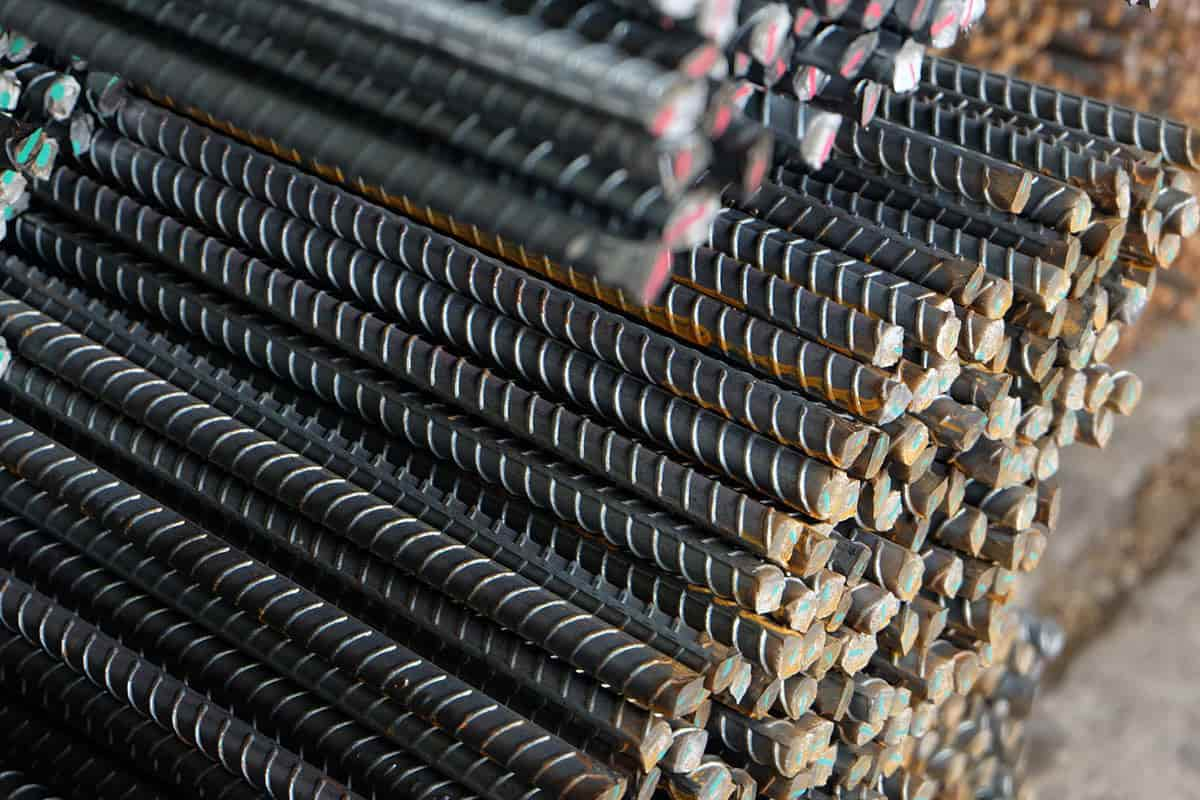 In areas of active construction, it is the method that is most frequently used to keep things together. Because they adhere to concrete well, steel reinforcement bars are employed in heavy construction applications; nevertheless, the degree to which they adhere to concrete will depend on the structures or shapes that the steel is used to create. They are robust and comparatively economical. You can choose the grade and size of reinforcement bars you need based on your unique needs because they are offered in a variety of market sizes and grades. Reinforcement bar types Bars of mild steel Mild steel bars are rounded and have an enclosed outer plain body in structure. They don't really connect well with concrete. Mild steel bars only contain iron and ferrite in small amounts and have a low carbon steel content. The market offers mild steel bars in dimensions ranging from 6 millimeters to 50 millimeters. Mild steel bars can be utilized in column spirals, runway regions, expansion joints, contraction joints, etc. They are solely employed to fulfill a certain task. Mild steel bars may be easily bent and cut without causing any harm, but because of their plain outside surface, a strong bond cannot be created between the steel and the concrete. This causes it to slip away, which may cause accidents or other issues. It provides less strength as well. When compared to other steel bars, using mild steel bars is less expensive. a bent steel bar Deformed steel bars are those with a rough surface rather than a smooth one. These bars are more frictional and useful because of the ribs and ridges on their surface. It establishes a strong link and bond with the concrete because of the rough surface and rib-like structure. These are more resistant to pulling out of the concrete because of the increased friction and reduced slipping phenomenon provided by this. TMT Bars: Thermomechanically treated bars
In areas of active construction, it is the method that is most frequently used to keep things together. Because they adhere to concrete well, steel reinforcement bars are employed in heavy construction applications; nevertheless, the degree to which they adhere to concrete will depend on the structures or shapes that the steel is used to create. They are robust and comparatively economical. You can choose the grade and size of reinforcement bars you need based on your unique needs because they are offered in a variety of market sizes and grades. Reinforcement bar types Bars of mild steel Mild steel bars are rounded and have an enclosed outer plain body in structure. They don't really connect well with concrete. Mild steel bars only contain iron and ferrite in small amounts and have a low carbon steel content. The market offers mild steel bars in dimensions ranging from 6 millimeters to 50 millimeters. Mild steel bars can be utilized in column spirals, runway regions, expansion joints, contraction joints, etc. They are solely employed to fulfill a certain task. Mild steel bars may be easily bent and cut without causing any harm, but because of their plain outside surface, a strong bond cannot be created between the steel and the concrete. This causes it to slip away, which may cause accidents or other issues. It provides less strength as well. When compared to other steel bars, using mild steel bars is less expensive. a bent steel bar Deformed steel bars are those with a rough surface rather than a smooth one. These bars are more frictional and useful because of the ribs and ridges on their surface. It establishes a strong link and bond with the concrete because of the rough surface and rib-like structure. These are more resistant to pulling out of the concrete because of the increased friction and reduced slipping phenomenon provided by this. TMT Bars: Thermomechanically treated bars 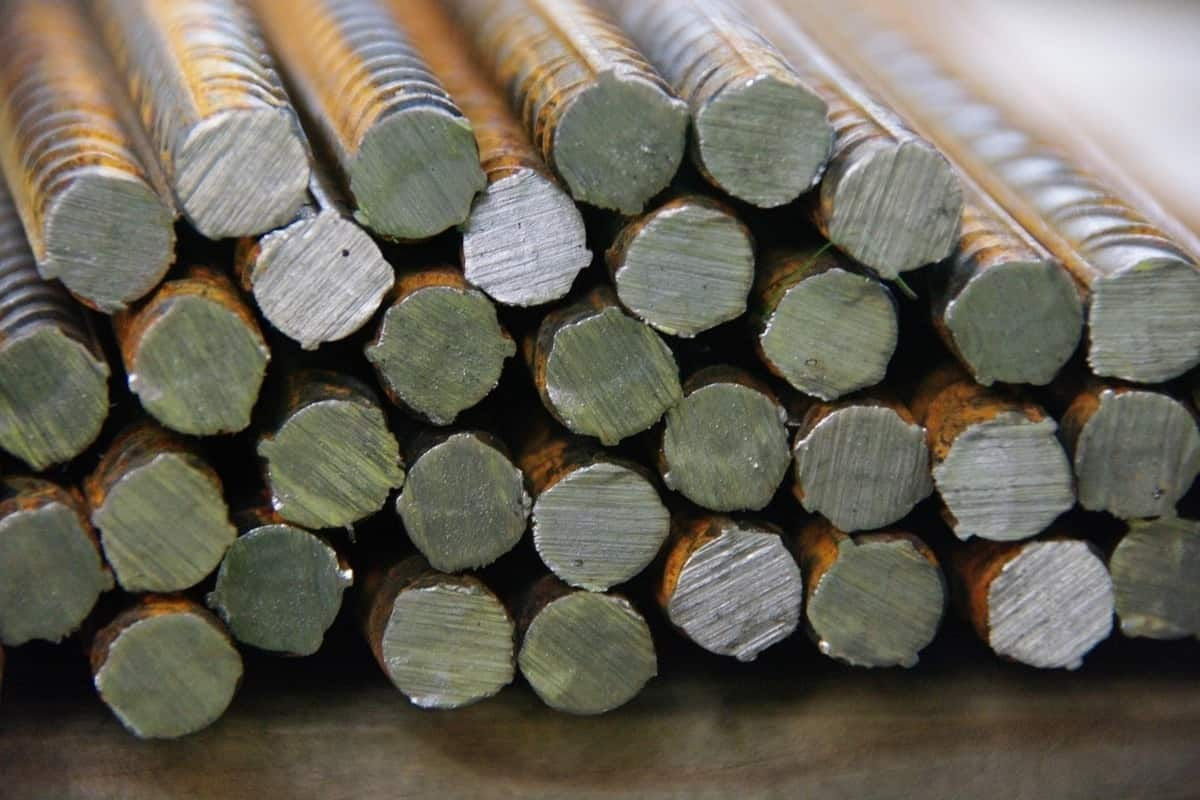 When it comes to structure, thermo mechanically treated bars are hot treated bars that have two layers. It consists of an exterior layer and a core layer. The outside layer is made of tempered martensite, and the inner layer is a soft layer made of ferrite pearlite. Thermo Mechanically Treated Bar is unique because of its high tensile and elongation strengths. It has a reduced carbon content and a better thermal resistance, allowing it to tolerate temperatures of up to 1000 degrees Celsius. It is therefore ideal for construction-related uses. Bar with High Yield Strength (HYSD Bar) Cold twisted steel bars are another name for high yield strength deformed bars. These bars have more carbon than mild steel bars do. These bars are ideally suited for large building projects since they include ribs on the surface that improve grip. Construction work will be safe and secure as a result of its exceptional bonding strength. Additionally, it has a higher tensile strength and is pliable, making it simple to deal with. These bars provide a strong bond with the concrete and prevent slipping. a bar of carbon steel Due to the color that carbon has, carbon steel bar—also known as "black bar"—is formed of carbon steel. It is the kind of rebar that is most frequently used in construction. It is more easily accessible and less expensive. It is crucial to note that because it is uncoated and corrodes or oxidizes quickly when exposed to moisture, it only functions well in the absence of moisture. The most crucial aspect to take into account when choosing any form of material is its anti-corrosive characteristic. Engineers still favor this type of rebar for construction projects because it is the strongest. Rebar coated in epoxy
When it comes to structure, thermo mechanically treated bars are hot treated bars that have two layers. It consists of an exterior layer and a core layer. The outside layer is made of tempered martensite, and the inner layer is a soft layer made of ferrite pearlite. Thermo Mechanically Treated Bar is unique because of its high tensile and elongation strengths. It has a reduced carbon content and a better thermal resistance, allowing it to tolerate temperatures of up to 1000 degrees Celsius. It is therefore ideal for construction-related uses. Bar with High Yield Strength (HYSD Bar) Cold twisted steel bars are another name for high yield strength deformed bars. These bars have more carbon than mild steel bars do. These bars are ideally suited for large building projects since they include ribs on the surface that improve grip. Construction work will be safe and secure as a result of its exceptional bonding strength. Additionally, it has a higher tensile strength and is pliable, making it simple to deal with. These bars provide a strong bond with the concrete and prevent slipping. a bar of carbon steel Due to the color that carbon has, carbon steel bar—also known as "black bar"—is formed of carbon steel. It is the kind of rebar that is most frequently used in construction. It is more easily accessible and less expensive. It is crucial to note that because it is uncoated and corrodes or oxidizes quickly when exposed to moisture, it only functions well in the absence of moisture. The most crucial aspect to take into account when choosing any form of material is its anti-corrosive characteristic. Engineers still favor this type of rebar for construction projects because it is the strongest. Rebar coated in epoxy 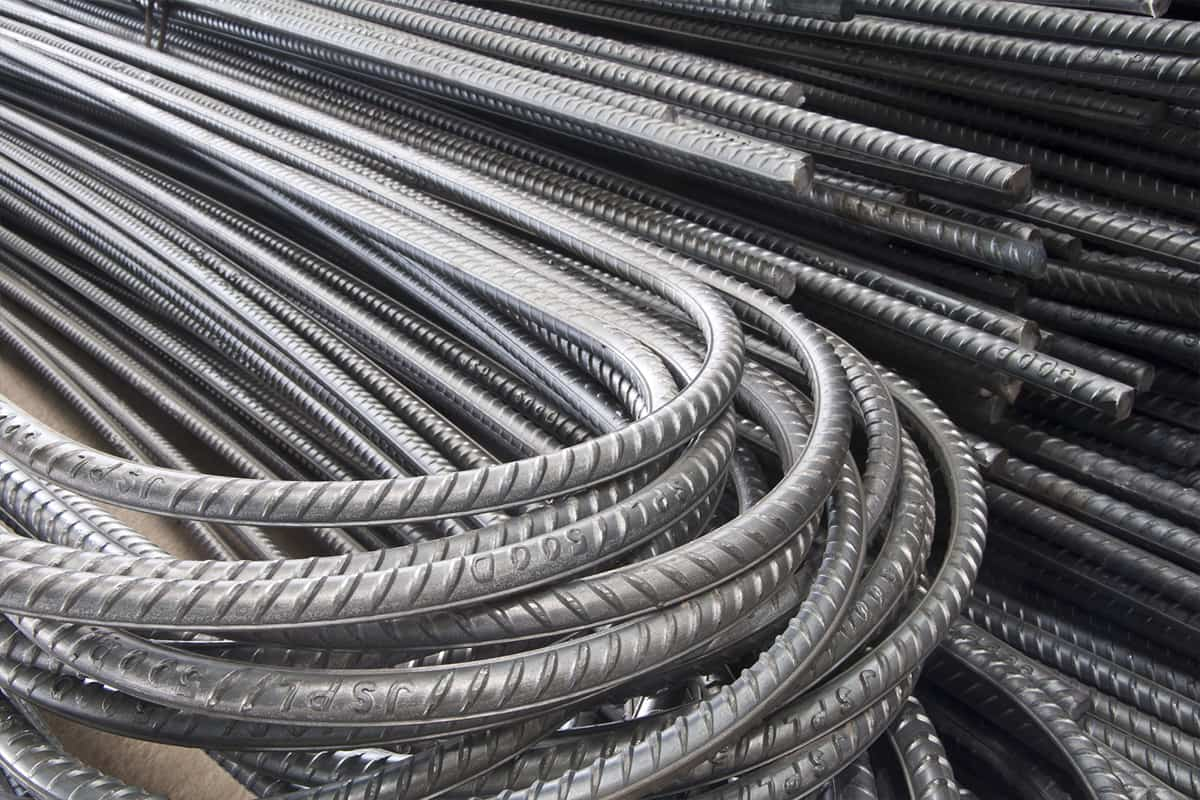 Rebar that has been specially coated with epoxy to prevent damage from occurring when it comes into contact with moisture is known as epoxy-coated rebar. Reinforcement bars with an epoxy coating are utilized to provide the desired corrosion resistance. It is a mechanism of corrosion protection for reinforcement that is incredibly effective. Rebar with an epoxy coating is used to build bridges, industrial foundations, barriers on highways, and other structures. Stainless steel Rebar Stainless steel rebar is the greatest type of reinforcing bar because it has a high level of corrosion resistance. Although they are pricey, they perform better than any other rebar high resistance area. This is the reason that many concrete constructions employ stainless steel rebar. Despite being costly, it is most frequently utilized because it has excellent welding capabilities and high strength.
Rebar that has been specially coated with epoxy to prevent damage from occurring when it comes into contact with moisture is known as epoxy-coated rebar. Reinforcement bars with an epoxy coating are utilized to provide the desired corrosion resistance. It is a mechanism of corrosion protection for reinforcement that is incredibly effective. Rebar with an epoxy coating is used to build bridges, industrial foundations, barriers on highways, and other structures. Stainless steel Rebar Stainless steel rebar is the greatest type of reinforcing bar because it has a high level of corrosion resistance. Although they are pricey, they perform better than any other rebar high resistance area. This is the reason that many concrete constructions employ stainless steel rebar. Despite being costly, it is most frequently utilized because it has excellent welding capabilities and high strength. 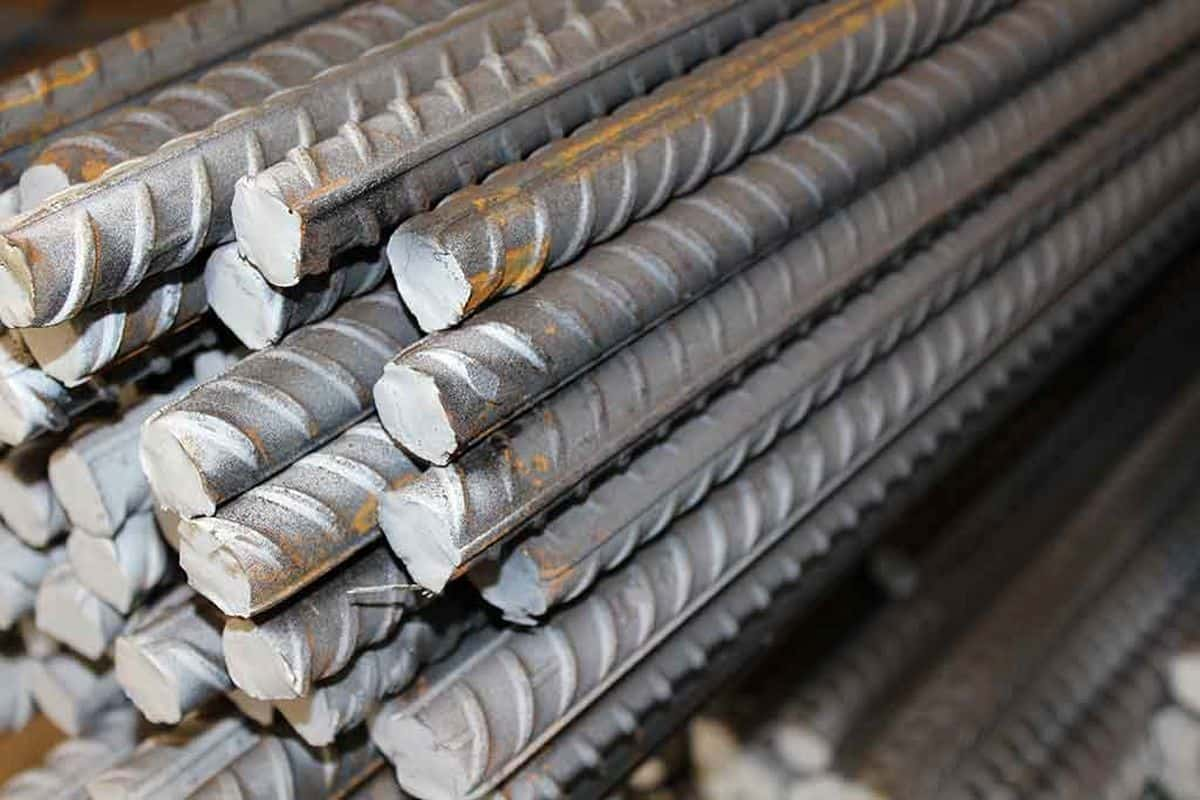
steel rebar in construction
In construction operations, concrete is typically reinforced with steel reinforcing bar, also known as rebar. If you aren't familiar with the industry, this particular sector of construction might be difficult to maneuver through. There is a wide range of sizes available for rebar, and it takes both knowledge and experience to select the appropriate ones for a given application. The quality of the rebar should also be taken into mind; it is significant, but not as much as the size. In today's world, it doesn't matter where the rebar comes from; regardless of its physical, mechanical, and chemical characteristics, global standards have been established. This has contributed in some little way toward making building projects all around the world more reliable with regard to safety and uniformity. Before delving into the specifics of rebar sizes, let's take a quick look at how to determine whether or not the rebar in question complies with both national and international requirements. It is necessary to conduct appropriate mechanical testing in order to verify the validity of the rebar that is being produced and to evaluate its quality. This ensures that the product's quality is maintained by determining whether or not the rebar being used satisfies the established standards. There are a variety of aspects that need to be investigated, and they can be broken down into the following categories: Tensile strength Bending/malleability Compression Fatigue Even while concrete is quite strong in compression, the material itself has very little tensile strength, therefore reinforcing it with rebar ensures that there is uniform structural integrity across the whole structure. In the absence of reinforcement, the inherent brittleness of concrete is made manifest in the behavior of the material, which causes it to bend and fracture more easily. Therefore, selecting the appropriate rebar size and weight is essential to the implementation of risk-free building procedures. 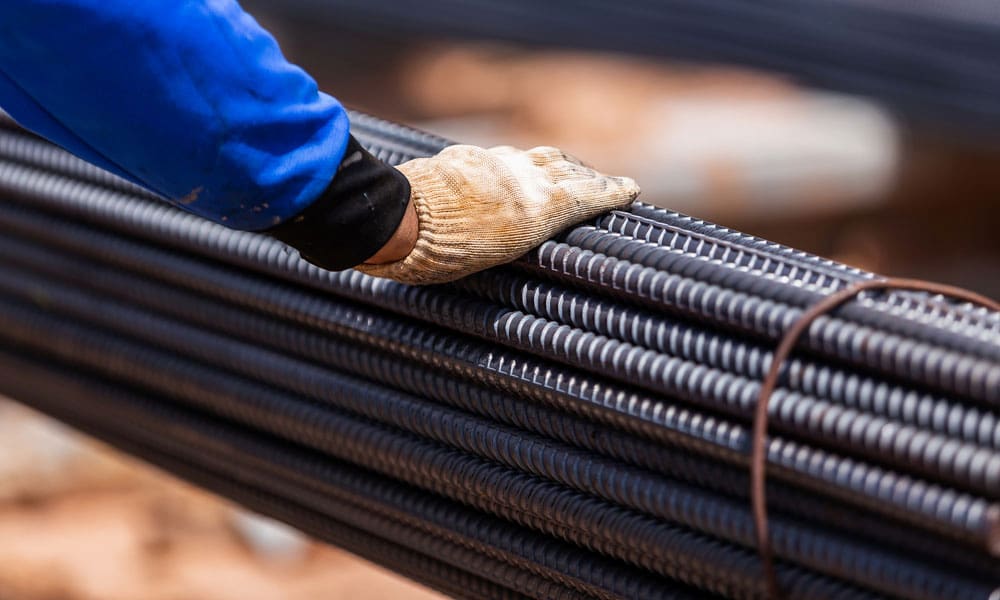
types of steel rebar in construction
Over the past few years, construction technology has advanced quickly. Everything about construction has changed to get better and better, from the methods and techniques employed to the materials used. Various Steel rebar Types for Construction Plain bars made of mild steel One of the most basic forms of steel bars, it has long been a staple in building construction. Unlike other types of bars, which have ribbed structures, mild steel plain bars have a plain outer surface and a significantly lower tensile yield strength, as their name suggests (which stands at around 40000psi). Small building projects that don't need a lot of steel strength are frequently constructed with this type of steel bars. Additionally, these bars are less expensive, making them the ideal choice economically. Hot-Rolled Deformed Bars Unquestionably, one of the most popular forms of reinforced steel bars utilized in R.C.C. buildings is hot-rolled deformed bar. These bars are suitable for all types of constructions and have a high tensile strength (of roughly 60000psi). The construction of the building is extremely strong thanks to the steel. In fact, the holt rolling method used to make such steel bars results in the development of ribs, which are irregularities on the surface of the bras and which aid in forming a strong bond with the concrete. This is a characteristic that is unique to hot-rolled deformed steel bars and is absent from the earlier variety. TMT Steel 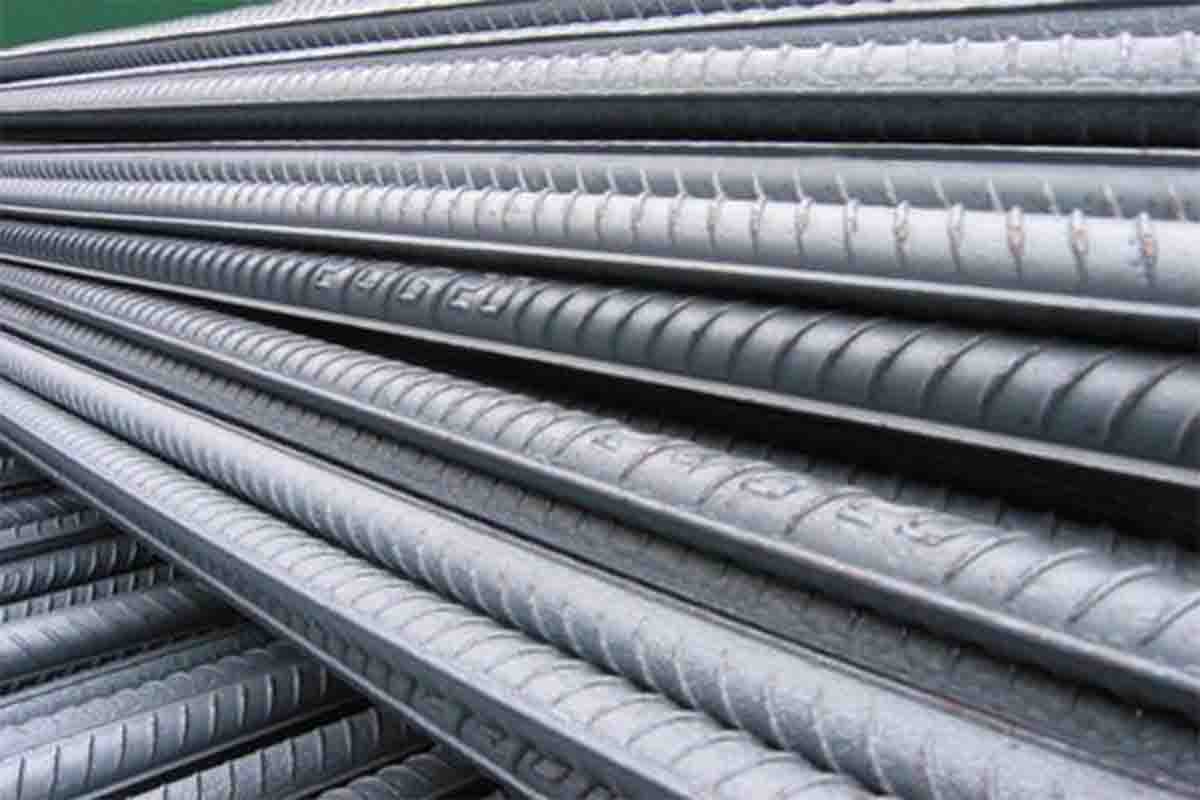 TMT steel is actually the most popular type of steel bar utilized in contemporary building construction. TMT steel has several characteristics and properties that conventional steel bars do not, in addition to unrivaled tensile strength. TMT steel is lightweight, resistant to earthquakes, anti-corrosive, and simple to assemble. In fact, the TMT steel is the greatest on the market right now because of its construction and manufacturing method. Additionally, TMT steel is available in a variety of sub virtues with a range of features and strengths, so you may select the one that best meets your requirements.
TMT steel is actually the most popular type of steel bar utilized in contemporary building construction. TMT steel has several characteristics and properties that conventional steel bars do not, in addition to unrivaled tensile strength. TMT steel is lightweight, resistant to earthquakes, anti-corrosive, and simple to assemble. In fact, the TMT steel is the greatest on the market right now because of its construction and manufacturing method. Additionally, TMT steel is available in a variety of sub virtues with a range of features and strengths, so you may select the one that best meets your requirements.

0
0